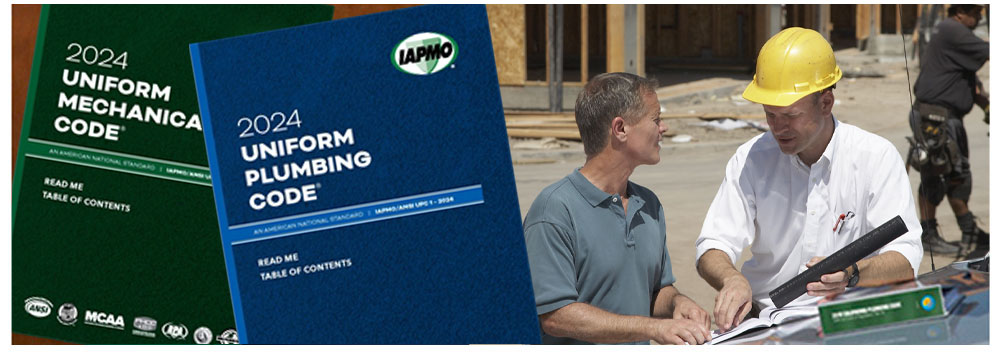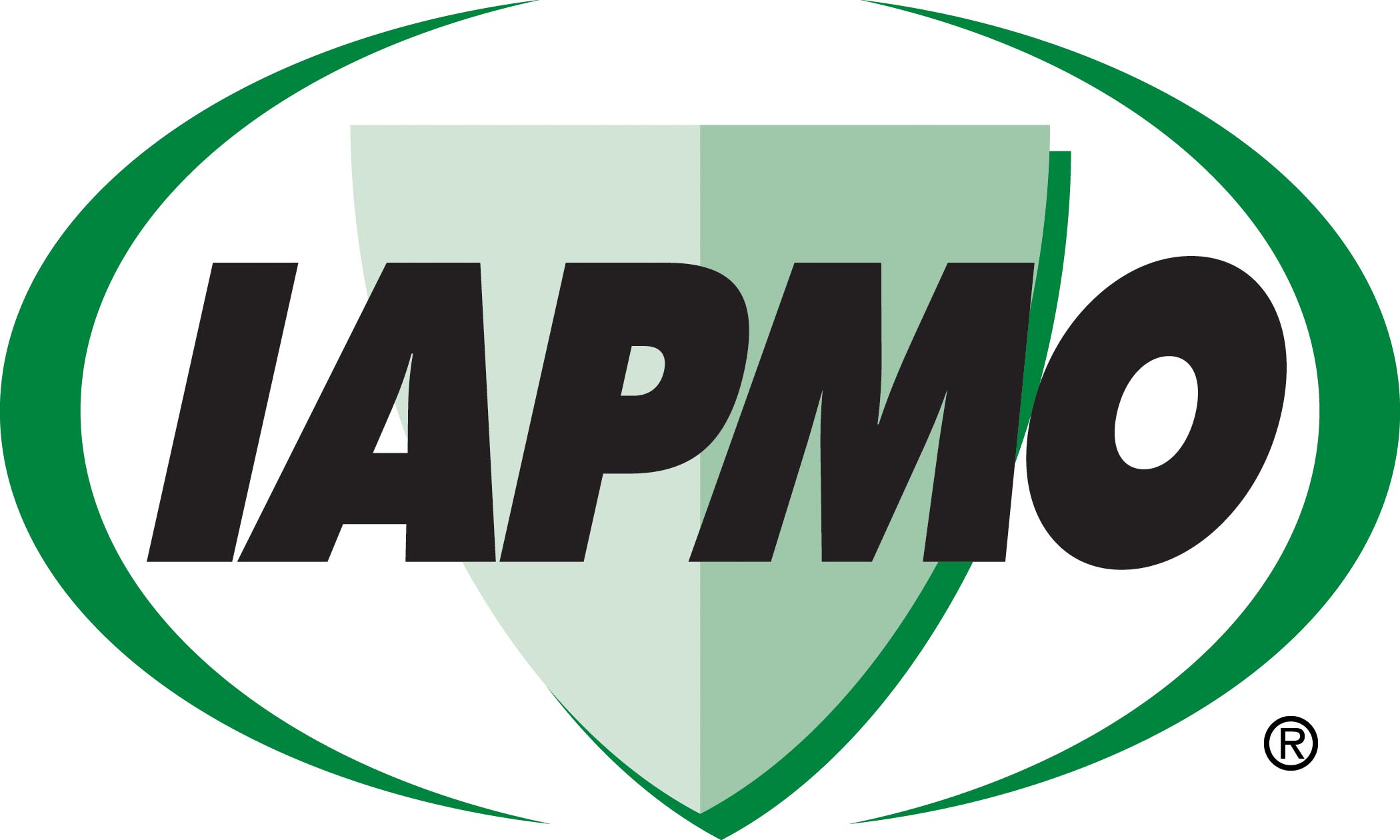April 10, 2025

From the 2024 UPC Illustrated Training Manual, Chapter 9, VENTS
905.4 Roof Termination. Vent pipes shall extend undiminished in size above the roof, or shall be reconnected with soil or waste vent of the proper size.
There shall be no reduction in the size of a vent as this would of course reduce the cross-sectional area of the vent. The individual vent may be connected with other vents using the sizing methods discussed earlier. The vent stack must terminate above the roof of the building to eliminate the possibility of gases from the plumbing system to enter the building. See Section 906.0 for additional requirements for vent terminals.
From the 2024 UMC Illustrated Training Manual, Chapter 8, CHIMNEYS AND VENTS
802.10.13 Passage Through Ceilings, Floors, or Walls. A vent connector shall not pass through a ceiling, floor, or fire-resistance-rated wall. A single-wall metal pipe connector shall not pass through an interior wall.
Exceptions:
(1) Vent connectors made of listed Type B or Type L vent material and serving listed appliances with draft hoods and other appliances listed for use with Type B gas vents that pass through walls or partitions constructed of combustible material shall be installed with not less than the listed clearance to combustible material.
(2) Vent connectors shall be permitted to pass through ceilings, floors, or walls in accordance with Section 802.7.3.1 and Section 802.7.3.5.
In penetrating an interior wall, floor or ceiling, a single-wall metal connector (e.g., stove pipe) would be entering a space or room of the building other than that in which the appliance is located. Such space could be a storeroom or other part of the building that is not normally occupied. In such cases, at least some portion of the connector would be out of sight. Therefore, any damage to the connector, such as separation of joints, perforation by corrosion with consequent leakage of flue gases into the building, or placement of combustible material near or on the connector, would escape early detection, creating a potentially hazardous situation.
(This is not to be considered the official position of IAPMO, nor is it an official interpretation of the Codes.)

IAPMO
IAPMO develops and publishes the Uniform Plumbing Code®,the most widely recognized code of practice used by the plumbing industry worldwide; Uniform Mechanical Code®; Uniform Swimming Pool, Spa and Hot Tub Code®; and Uniform Solar Energy, Hydronics and Geothermal Code™ — the only plumbing, mechanical, solar energy and swimming pool codes designated by ANSI as American National Standards — and the Water Efficiency Standard (WE-Stand)™. IAPMO works with government, contractors, labor force, and manufacturers to produce product standards, technical manuals, personnel certification/educational programs and additional resources in order to meet the ever-evolving demands of the industry in protecting public health and safety.
Last modified: April 10, 2025
